PASIR RIS’ FIRST HERITAGE TRAIL CELEBRATES THE RICH HISTORY OF SINGAPORE’S OWN COASTAL PARADISE
Before Wild Wild Wet and Downtown East, many Singaporeans were already flocking to the east to unwind at the Golden Palace Holiday Resort – one of the many recreational options in Pasir Ris. With its sea views, sandy beaches and laid-back vibe, Pasir Ris has a long history as a destination for leisure and play that stretches back to the late 1800s.
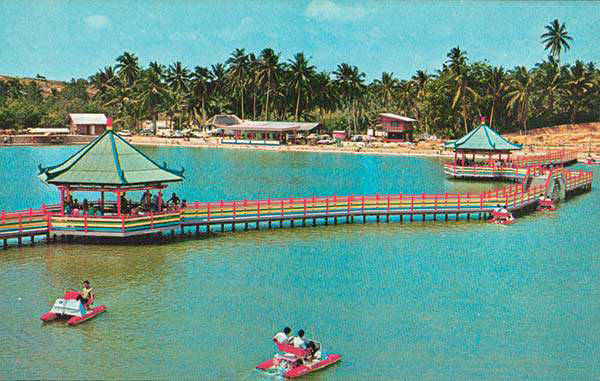 Golden Palace Holiday Resort, 1970s
Golden Palace Holiday Resort, 1970s
Courtesy of National Museum of Singapore, National Heritage Board
The name “Pasir Ris” is believed to be derived from the Malay words pasir and hiris, which mean “sand” and “to slice or shred” respectively. The National Heritage Board’s (NHB) newest Pasir Ris Heritage Trail will show how the area’s history is inextricably linked to its coastline and proximity to the sea.
Mr Alvin Tan, Deputy Chief Executive (Policy & Community), NHB, said: “Through the trail, Singaporeans will find out how Pasir Ris earned its reputation as a town for rest and recreation, and how it evolved from a getaway destination for the affluent to an affordable resort-like retreat for holiday-makers from all walks of life. In addition, they will also learn about the lesser-known stories of Pasir Ris’ natural heritage, kampong communities, landmark institutions and iconic housing features.”
Consisting of 23 heritage sites with seven trail markers, the Pasir Ris Heritage Trail – NHB’s 19th heritage trail – is part of NHB’s ongoing efforts to document and promote the distinct histories and social memories of different areas where Singaporeans live, work and play. In celebrating Pasir Ris’ heritage, the trail features contributions from the community, and presents stories, memories and photographs of past and present Pasir Ris residents.
Singapore’s Longtime Seaside Getaway
Pasir Ris’ beginnings as a location for a getaway can be traced to the 19th century, where families would retreat to holiday bungalows for fresh air, away from the bustling city centre.
Prominent entrepreneur Joseph Elias built his two-storied, 12-bedroom bungalow along Pasir Ris’ sandy 3.2-kilometre coastline. This bungalow was later redeveloped into Pasir Ris’ first hotel – Pasir Ris Hotel – then billed as the “ideal seaside resort”, boasting a variety of recreational activities. The popularity of Pasir Ris’ beaches grew, and an ever-increasing number of people headed there for a respite from the daily grind of urban life – underscoring the growing importance of public recreational spaces as the country developed.
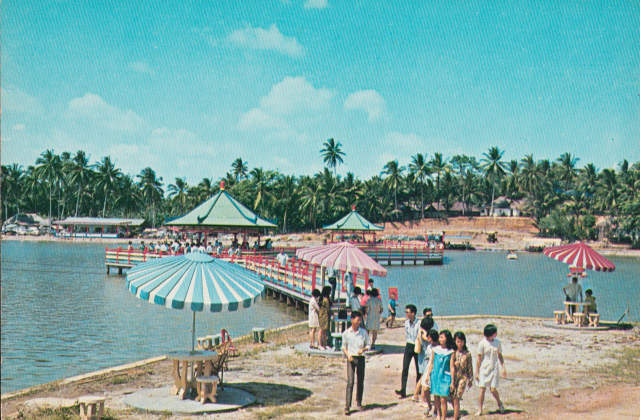
The establishment of Pasir Ris Hotel paved the way for a succession of beachfront developments – the Golden Palace Holiday Resort, an 11-acre resort which featured a fishing and boating pond converted from a former sand quarry; Villa Saujana, a two-acre dining and entertainment village where tourists could feast on Malay cuisine while enjoying dance performances; Dari Laut, a museum that displayed sea shells and corals, as well as other marine life taxidermy; and the former People’s Association Holiday Camp and Holiday Flats, which were built to meet the recreational needs of the average Singaporean.
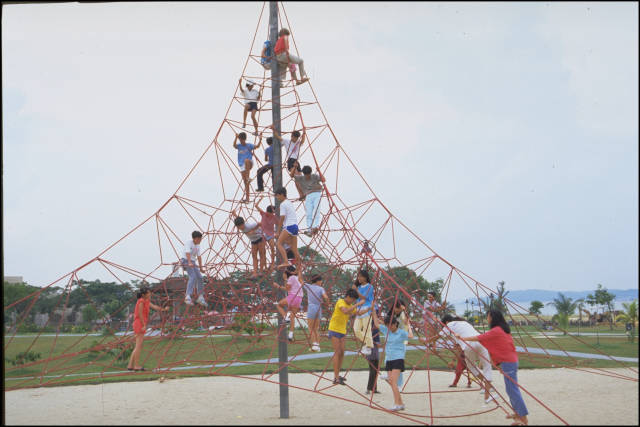
Today, Pasir Ris continues to be home to various recreational facilities, including Singapore’s only commercial saltwater fishing pond, operated by D’Best Recreation in Pasir Ris Town Park, which is the same pond that was part of the Golden Palace Holiday Resort. Coupled with facilities like the PAssion WaVe @ Pasir Ris, a specialist community club offering water sports such as dinghy sailing and kayaking; Wild Wild Wet; and even a bumboat-themed HDB playground, Pasir Ris’ recreational facilities are products of its coastal heritage.
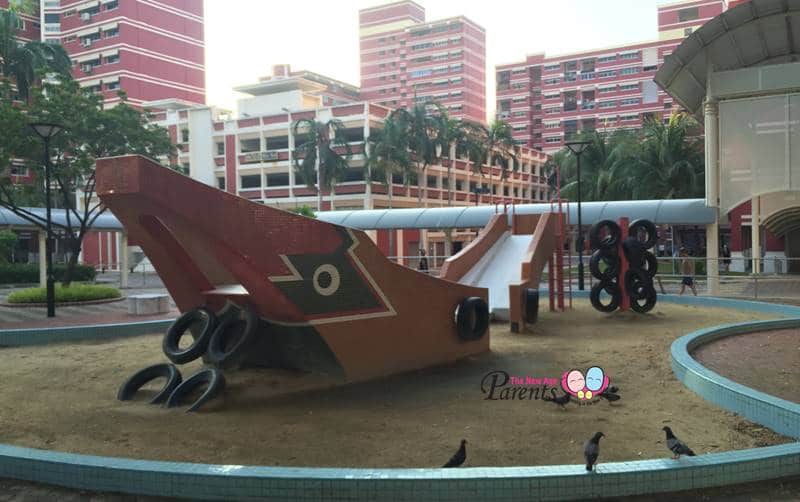
Mr Andy Tay, former operator of D’Best Fishing Pond, said, “The current fishing pond uses the same pond as the Golden Palace Holiday Resort’s pond, which was well-known as a place to catch marine fish, prawns and crabs many years ago. I am glad that the pond can continue to be used in this way, because it feels like the heritage is continuing from generation to generation. Even now, with the salty air and regular and new customers, this place has a seaside-kampong feel.”
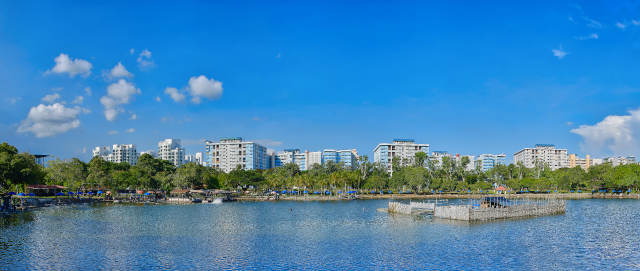
A Modern Town That Celebrates Its Coastal Heritage
Beyond its reputation for fun and relaxation, Pasir Ris also boasts rich natural heritage in the form of beaches and mangroves. In the days before public housing and planned residential estates, the Pasir Ris coast, along with Sungei Api Api and other rivers and streams, supported the lives of residents of the many kampongs around them. Kampong residents relied heavily on their rich natural resources, in particular, shrimp – the backbone of the burgeoning belacan cottage industry then.
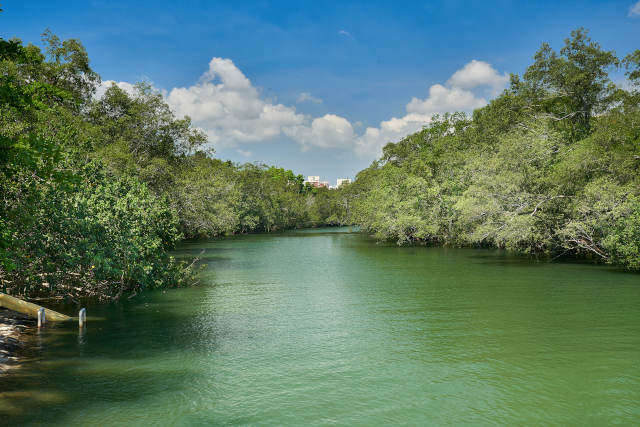
As former kampong resident Jamilah binte Abdul Salam recalls fondly: “We used to go to the beach to catch shrimp to make cincalok (fermented shrimp sauce) and belacan (fermented shrimp paste). We would make them for (the family) to eat and also to sell to our neighbours (in Kampong Loyang).”
Today, Sungei Api Api remains a central feature in Pasir Ris, flanked by rows of HDB flats. The HDB blocks’ design and architecture pay homage to the area’s seaside resort heritage, and include lighthouse-shaped turrets formed by columns of balconies, void deck and precinct boundary walls with porthole-shaped openings, and flat windows and balconies framed within clam-shaped openings.
Other highlights of the Pasir Ris Heritage Trail include the religious institutions that were established to serve the community in the area. These include the Loyang Tua Pek Kong Temple, originally a makeshift shrine near the Loyang coastline and popular for devotees praying for health and prosperity; Sakya Tenphel Ling, one of the first Tibetan Buddhist temples in Southeast Asia; Masjid Al-Lstighfar, one of the few mosques in Singapore that is open for 24 hours a day; and the Pentecost Methodist Church, founded to reach out to the Peranakan community, with services conducted in the Peranakan patois, Baba Malay, to this day.
Explore Pasir Ris Over Three Specially Curated Thematic Routes
As with NHB’s past heritage trails, the Pasir Ris Heritage Trail uncovers the lesser-known stories and heritage of Pasir Ris through three thematic routes that allow trail-goers to explore the area’s multifaceted history according to their interests and in their own time. The routes are:
- Coastal Heritage – A 1-hour route (30 minutes on bicycle) that brings visitors to sites of heritage significance along the Pasir Ris Coast and beachfront. (3.5 km)
- Play @ Pasir Ris – A 1 hour-route that takes visitors through sites of recreation in Pasir Ris, including one of Singapore’s largest playgrounds and the country’s only commercial saltwater fishing pond. (4.5 km)
- Architectural Highlights – A 1.5-hours route that explores the built environment of Pasir Ris Town, from its maritime-themed public housing blocks to its diverse range of cultural and religious institutions. (5.6 km)
The Pasir Ris Heritage Trail’s companion guide and map are available in four languages, and can be downloaded from NHB’s heritage portal, Roots.sg. Printed copies of the guide will also be available at NHB museums, as well as Our Tampines Gallery at Our Tampines Hub.
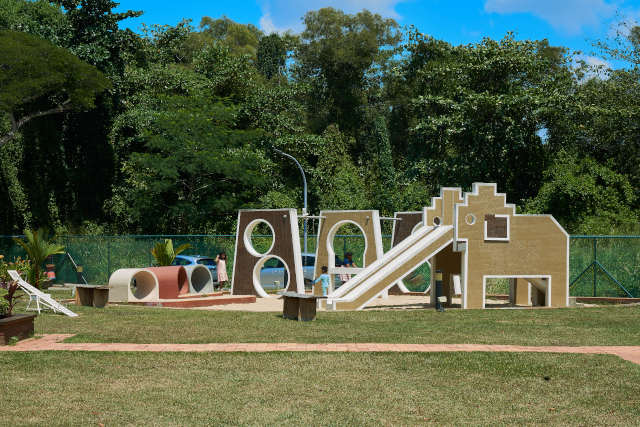
PASIR RIS HERITAGE TRAIL SITES AND MARKERS
- Sungei Api Api
- Sungei Tampines
- Former Kampongs in Pasir Ris: Kampong Pasir Ris, Pasir Ris Village, Kampong Tampines, Kampong Tampines Bahru and Kampong Loyang
- Loyang Boom Defence Depot (now Loyang Offshore Supply Base)
- Former Pasir Ris Hotel
- Pasir Ris Beach
- Pasir Ris Park
- Mangrove Forest
- Pasir Ris Town Park (formerly Golden Palace Holiday Resort)
- HDB Flats with marine-themed designs
- Downtown East (including Wild Wild Wet)
- Bumboat Playground
- Former Telecoms chalet (now Heritage Chalet, including the Elephant Playground)
- Former PA Holiday Flats and Holiday Camp
- PAssion WaVe @ Pasir Ris (formerly Pasir Ris Sea Sports Club)
- Costa Sands Resort (Pasir Ris)
- Pasir Ris Hawker Centre
- Civil Service Club (CSC) @ Loyang
- Loyang Tua Pek Kong Temple
- Pentecost Methodist Church
- Bethesda Pasir Ris Mission Church
- Sakya Tenphel Ling
- Masjid Al-Istighfar
Total: 23 sites
Heritage sites featured inside trail markers are in Italics (note that multiple sites can be featured within the same marker as some of these sites are located in close proximity)
PASIR RIS HERITAGE TRAIL – THREE THEMATIC TRAIL ROUTES
The Pasir Ris Heritage Trail includes three thematic trail routes of varying distances, which the public can embark on in their own time. A unique feature of the Pasir Ris Heritage Trail is that its three thematic routes are connected, and can form one long, continuous trail of Pasir Ris.
These routes are:
- Coastal Heritage Trail (3.5km, 1 hour)
This route brings you to sites of heritage significance along Pasir Ris’ coast and beachfront. Stops include:
o Pasir Ris Park
o Mangrove Forest
o Pasir Ris Beach
o Sungei Api Api
o Kelongs
o People’s Association (PA) Holiday Flats
o Elephant Playground
o Passion WaVe @ Pasir Ris
o Pasir Ris Park Playground - Play @ Pasir Ris Trail (4.5km, 1 hour)
This trail takes you through sites of recreation in Pasir Ris, such as one of Singapore’s largest playgrounds and the country’s only commercial saltwater fishing pond. Stops include:
o Pasir Ris Park Playground
o Bumboat Playground
o Pasir Ris Town Park
o Pasir Ris Hawker Centre
o Downtown East - Architectural Highlights Trail (5.6km, 1.5 hours)
This trail explores Pasir Ris’ built environment, from its maritime-themed HDB blocks to its cultural and religious institutions. Sites include:
o Pasir Ris Town Park
o Riverfront flats
o Porthole-themed flats
o Lighthouse-shaped facades
o Sakya Tenphel Ling
o Masjid Al-Istighfar
o Loyang Tua Pek Kong Temple
Photos credit: National Heritage Board, NHB
If you find this article useful, do click Like and Share at the bottom of the post, thank you.
Like what you see here? Get parenting tips and stories straight to your inbox! Join our mailing list here.












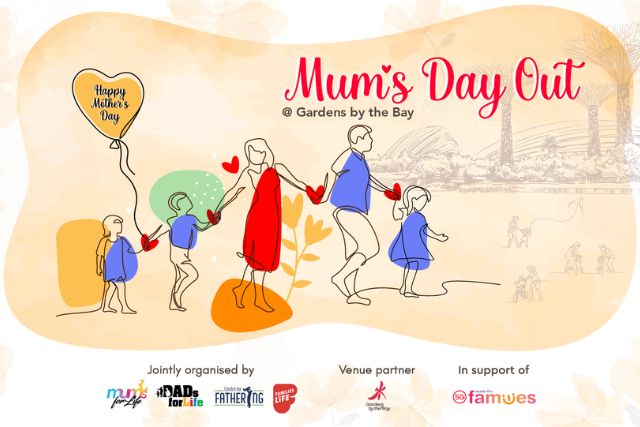































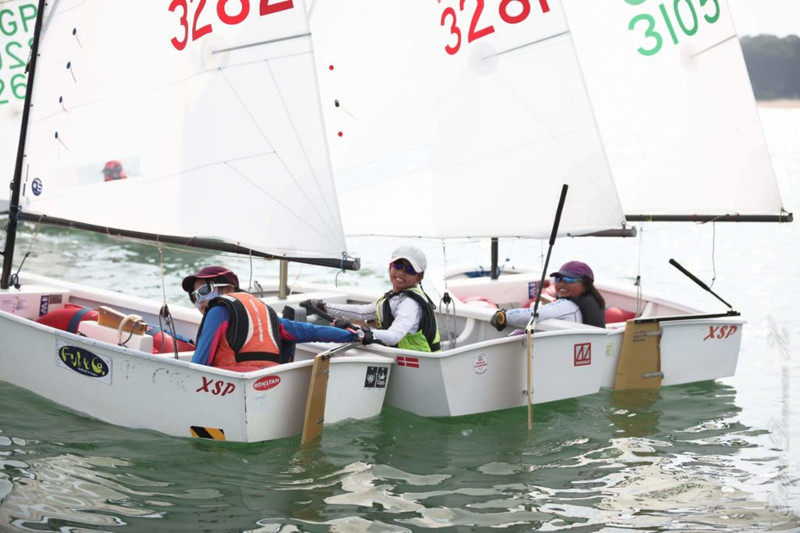
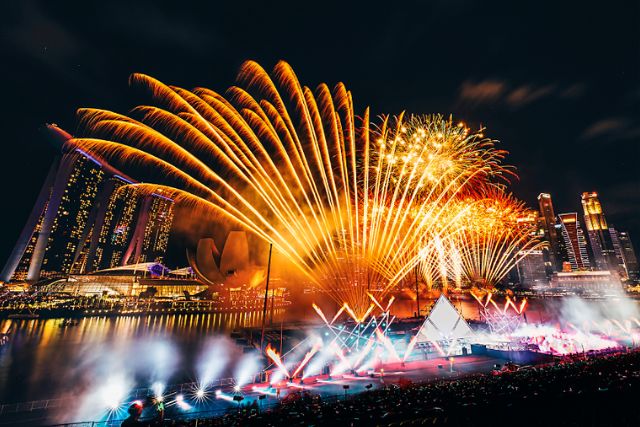

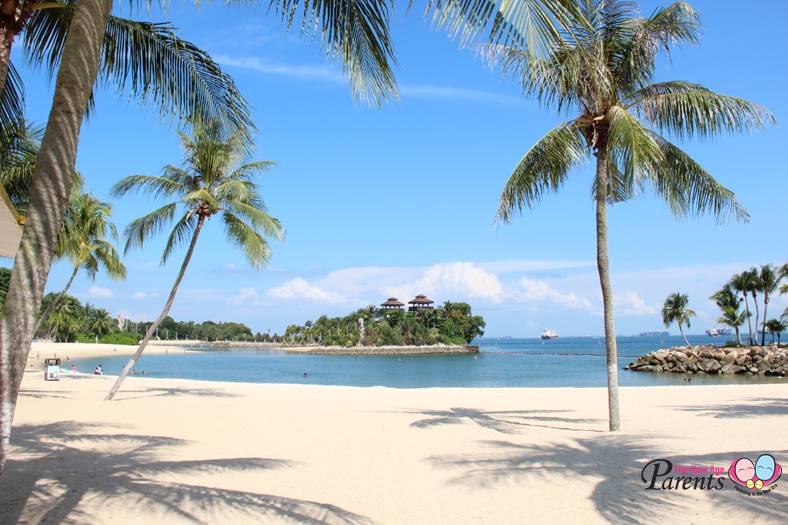
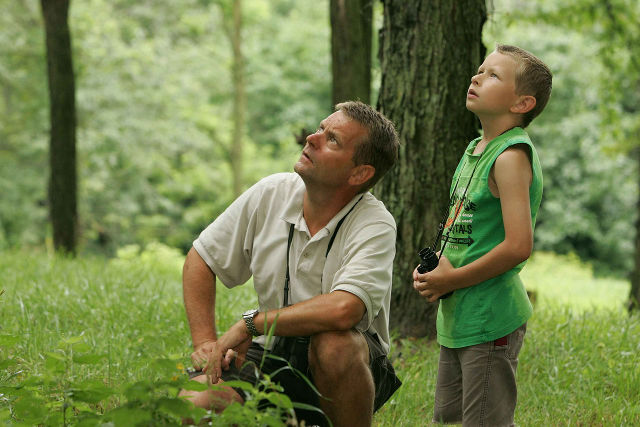









Leave a Comment: